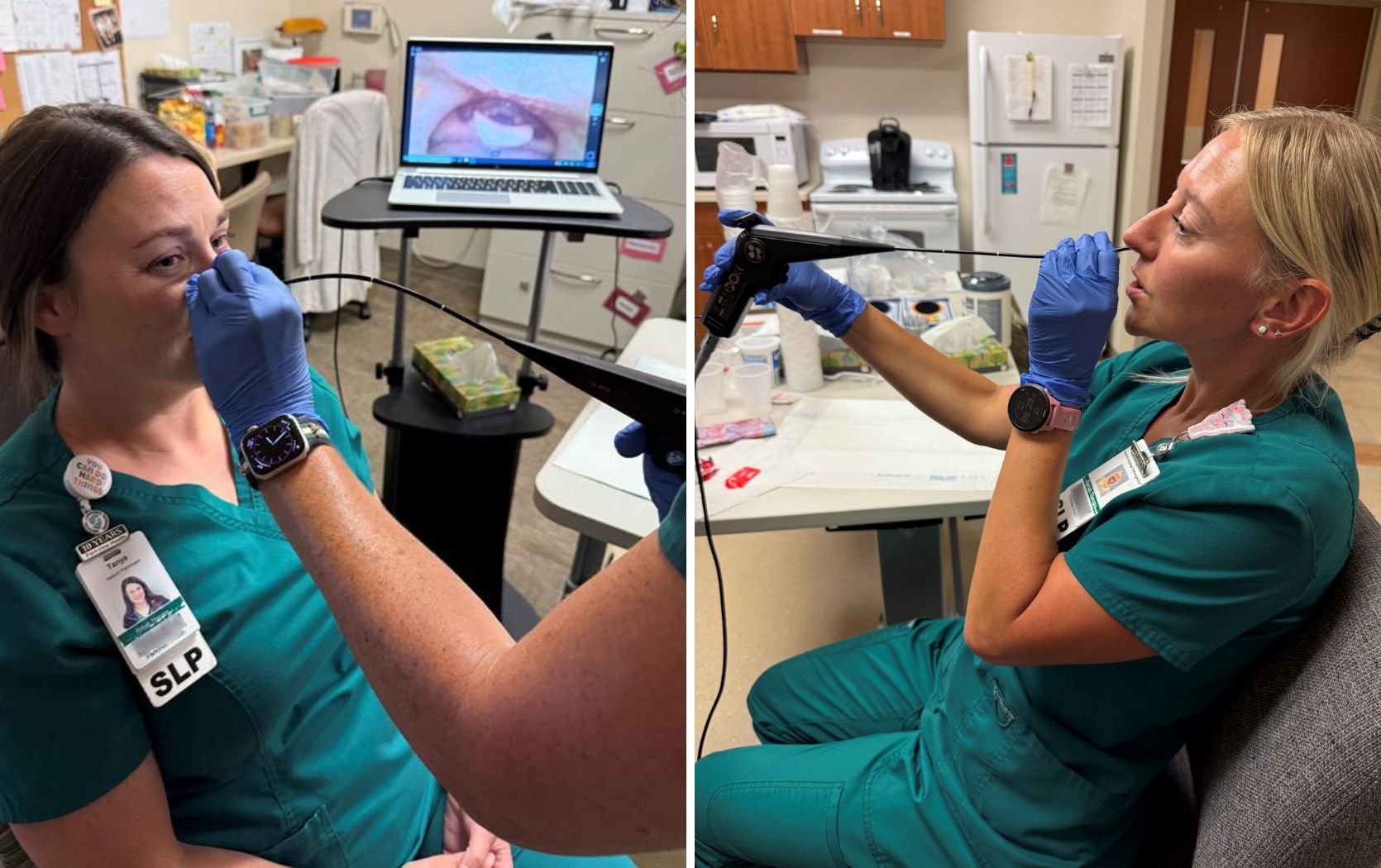
This post was written by James Edlund, MD, Center for Wound Healing, Parkview Health.
When I was a fourth-year medical student, I did an exchange semester at McGill University Medical School in Montreal. One of my rotations was working with the chief medical resident and a first-year resident in internal medicine on a project to convert 20 of the thickest paper charts in the hospital’s outpatient clinic from a source-oriented format to a problem-oriented medical record format. One day, out of the chaos of the old records, emerged patterns that immediately led to more comprehensive management of these patients. The common thread? These diabetes patients all seemed to have some degree of renal failure, heart disease, peripheral artery disease, and eye problems of varying severity, including blindness.
Connecting the dots
A year later, during my internal medicine internship, I worked with the only diabetologist I had ever met. He had trained at the Joslin Clinic and believed that tight control of blood glucose levels in individuals with diabetes could prevent many of the complications of the disease. Currently, I work in wound care at Parkview’s Center for Wound Healing, where at least a third of our patients suffer from diabetic foot ulcers. These ulcers result from trauma from footwear and walking in the presence of peripheral neuropathy, which eventually affects half of all individuals with diabetes. You see, peripheral neuropathy not only disrupts the sensation that normally protects us from walking on foot injuries but also causes deformities because the motor nerves are damaged. Then, the progressive deformities of a person’s foot only further exacerbate the pressure and ulcers.
Diabetes also causes systemic metabolic disruption, leading to coronary and peripheral artery disease. Worse yet, this interruption also inhibits local and systemic immune function, which can lead to thickening at the arteriolar level, which can worsen local hypoxia (low oxygen levels), making the healing of ulcers more complicated once they’ve developed.
Startling statistics
In the United States, 95% of all people with diabetes are Type 2, an epidemic affecting 8-13% of our population. Black, Asian and Hispanic populations are disproportionately affected in numbers and disease severity. And sadly, at least a fourth of all people with diabetes are unaware of their disease, with many not coming to a diagnosis until a significant complication occurs. For instance, non-traumatic limb amputations occur more than 100,000 times a year in this country. In fact, after an amputation due to a diabetes complication, the 5-year survival rate is 50% or less, which is worse than many cancers.
Where to turn for help
At Parkview, our Diabetes Care Services team, Wound Care Centers and wound care nursing teams are committed to preserving limbs with diabetic foot ulcers. We have a dynamic team of podiatrists and orthopedic surgeons, all combating this devastating disease. Early diagnosis, intervention, treatment and management are fundamental in wound care, and our providers are focused on helping you heal.



